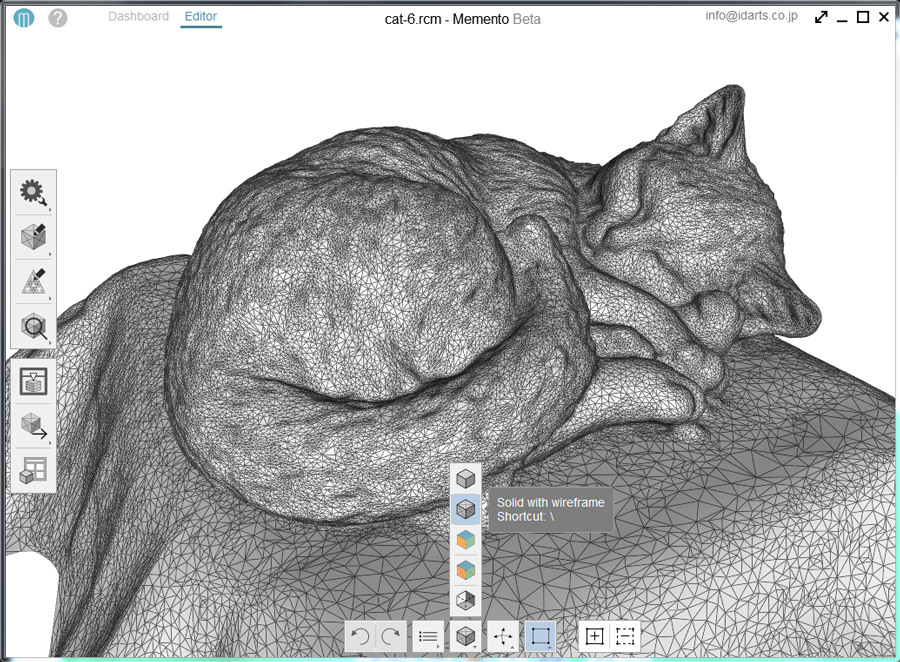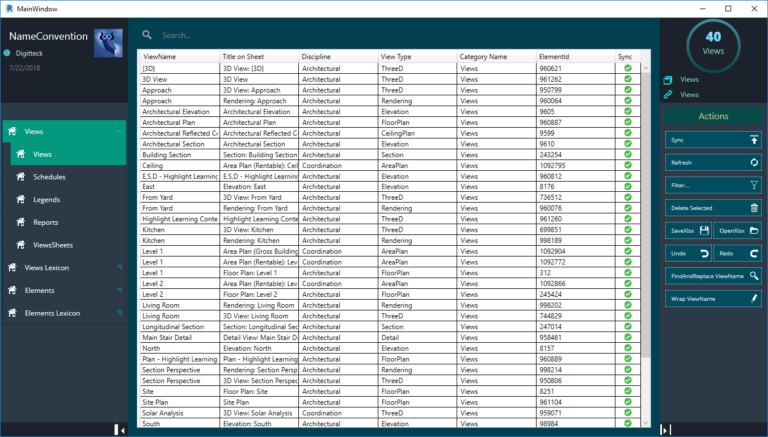


To complement the newer scanners, Autodesk designed Memento, software that allows users to convert photos or scans into 3D models that can be viewed online and even 3D printed.

However, over the years, Dzambazova said that with technology becoming more accessible, new types of scanners and devices have enabled 3D scanning to be digitised faster, and without an expensive price tag. In the process of creating useful replicas that you can print or you can share online, until recently, you needed to use five or six different tools, none of them made with archaeologists or scientists in mind they were more tools for engineers,” she said. “We’re dealing with thousands of architects, but they only have access to one scanner, and it’s complicated. She said that while there was software available to scan photos and create 3D models, it was often designed and used by architects, engineers, game makers, and industrial designers in mind, meaning they were often costly and difficult to use.ĭzambazova said the other problem was that for academia who could afford the expensive tools, it was not scalable. While it was an idea for a long time, the ability to create an online version of a museum was impossible due to restrictions of technology, said Dzambazova. The models would then be available to be viewed and 3D printed. Tatjana Dzambazova, Autodesk technology whisperer and product manager of reality capture and digital fabrication, explained that the solution to this was to create a virtual laboratory that would make 3D models of the fossils accessible to scholars, educators, and other researchers online. The only way anyone could ever see these artefacts was to visit the museum.Ĭarrying on the family legacy today is Dr Louise Leakey, who has been working with Autodesk since 2011 to find a way bring the artefacts to an international audience. However, most of their discoveries have been sitting behind a glass display in a Kenyan museum. The discovery of the tools, along with many other archaeological findings in East Africa, was made by the Leakey family, who have been archaeologists for three generations. The oldest stone tools known to scientific discovery date back 3.3 million years. Autodesk’s Memento brings artefacts into a 3D digital realityĪutodesk worked in partnership with Kenya-based archaeologist Dr Louise Leakey using 3D software to create a digital laboratory to give people access to artefacts they didn't have before.


 0 kommentar(er)
0 kommentar(er)
